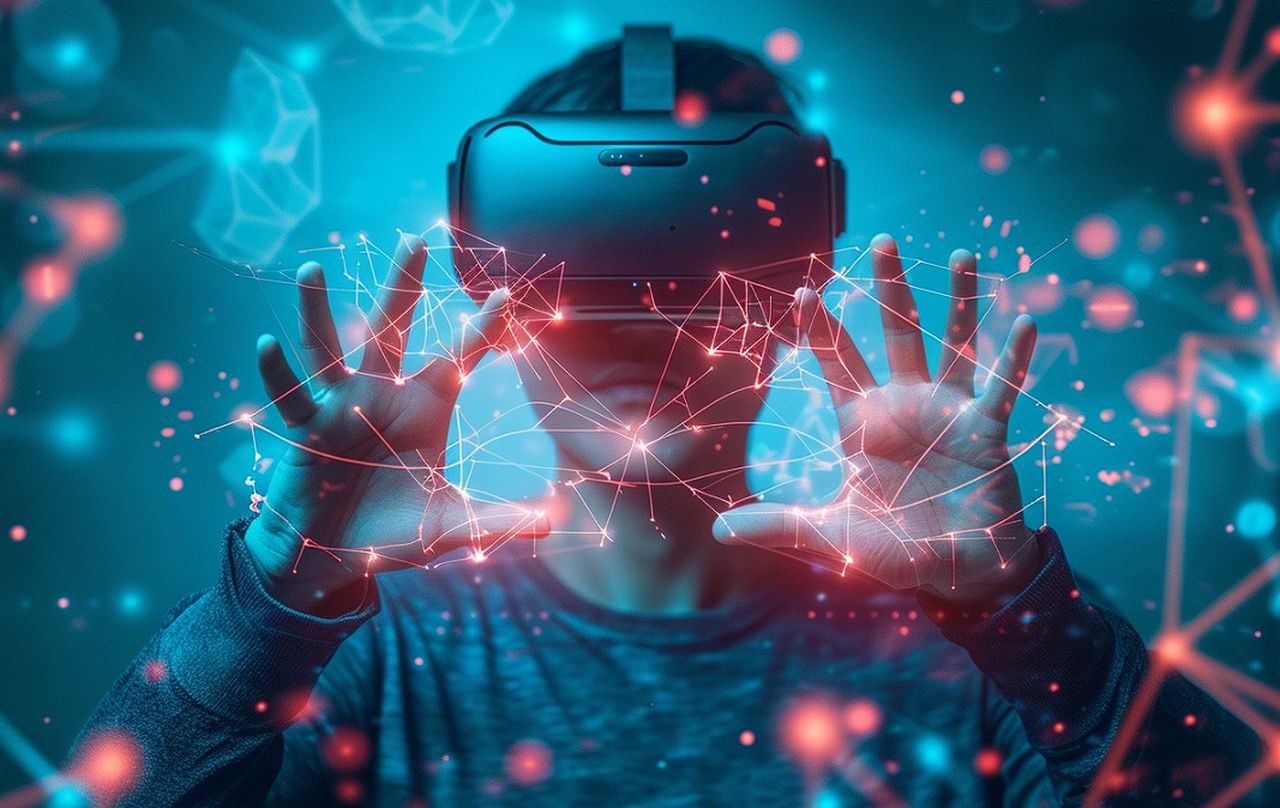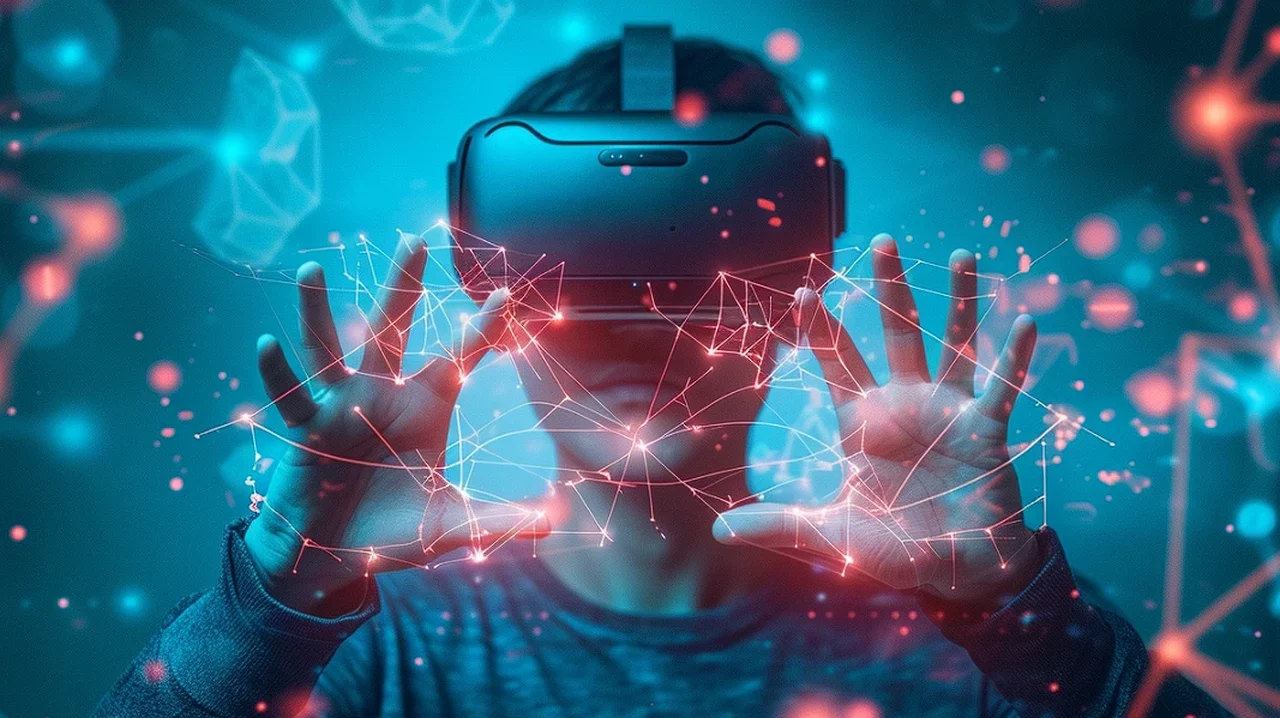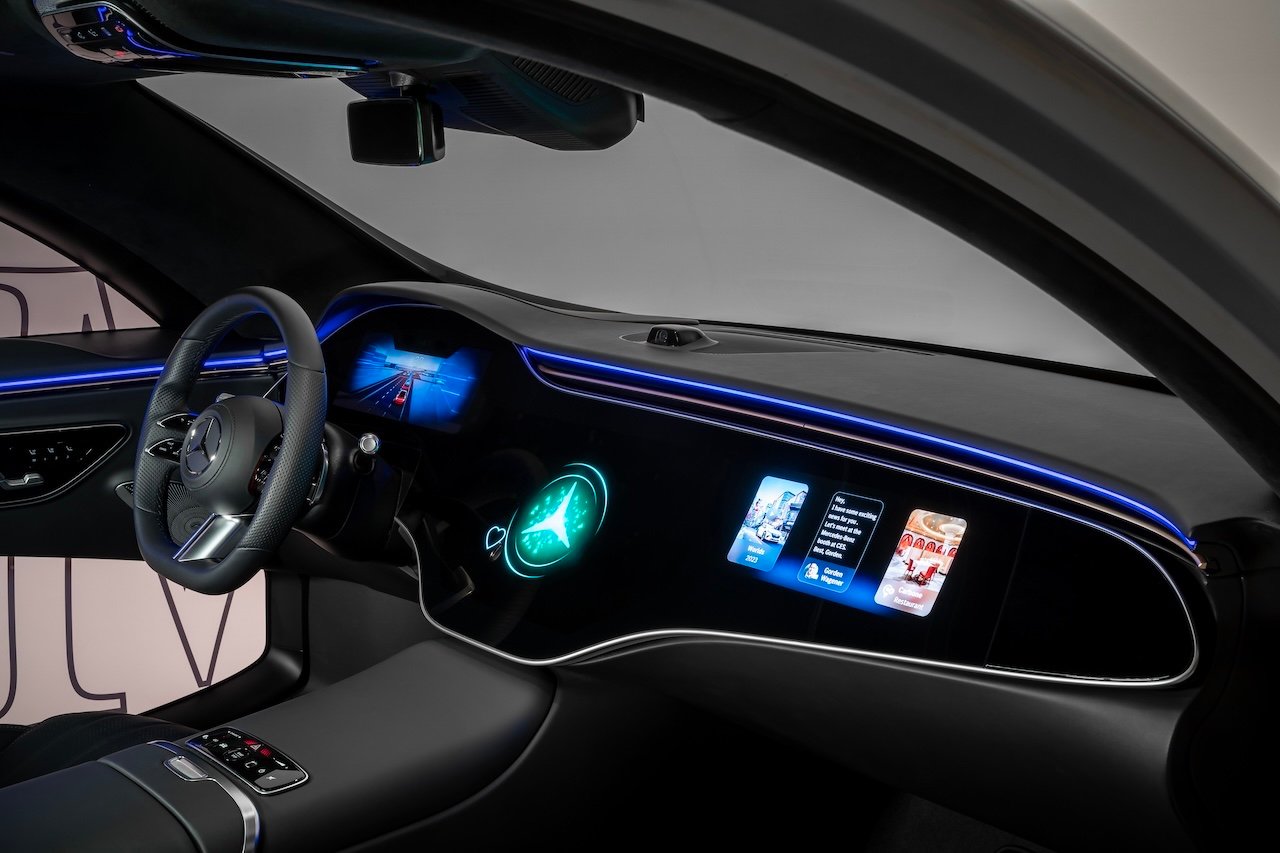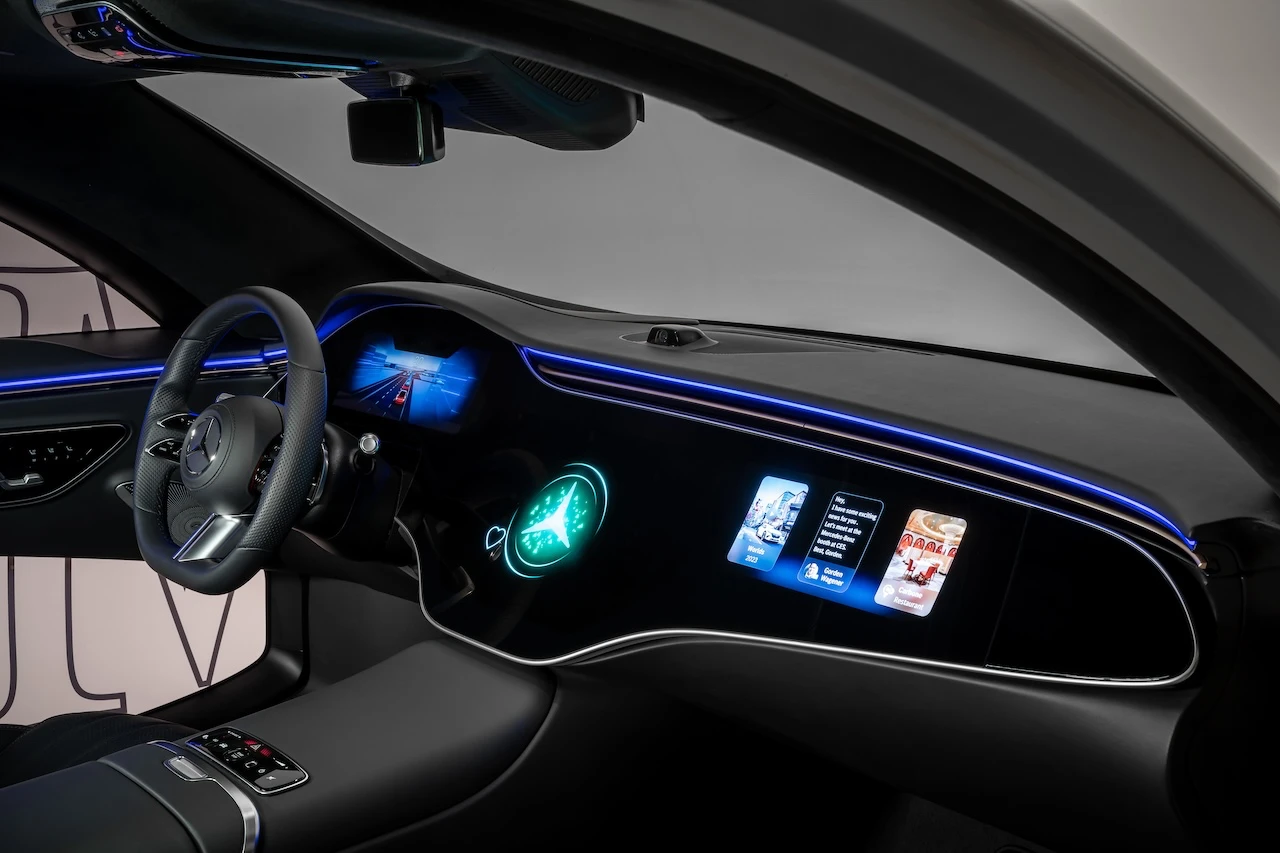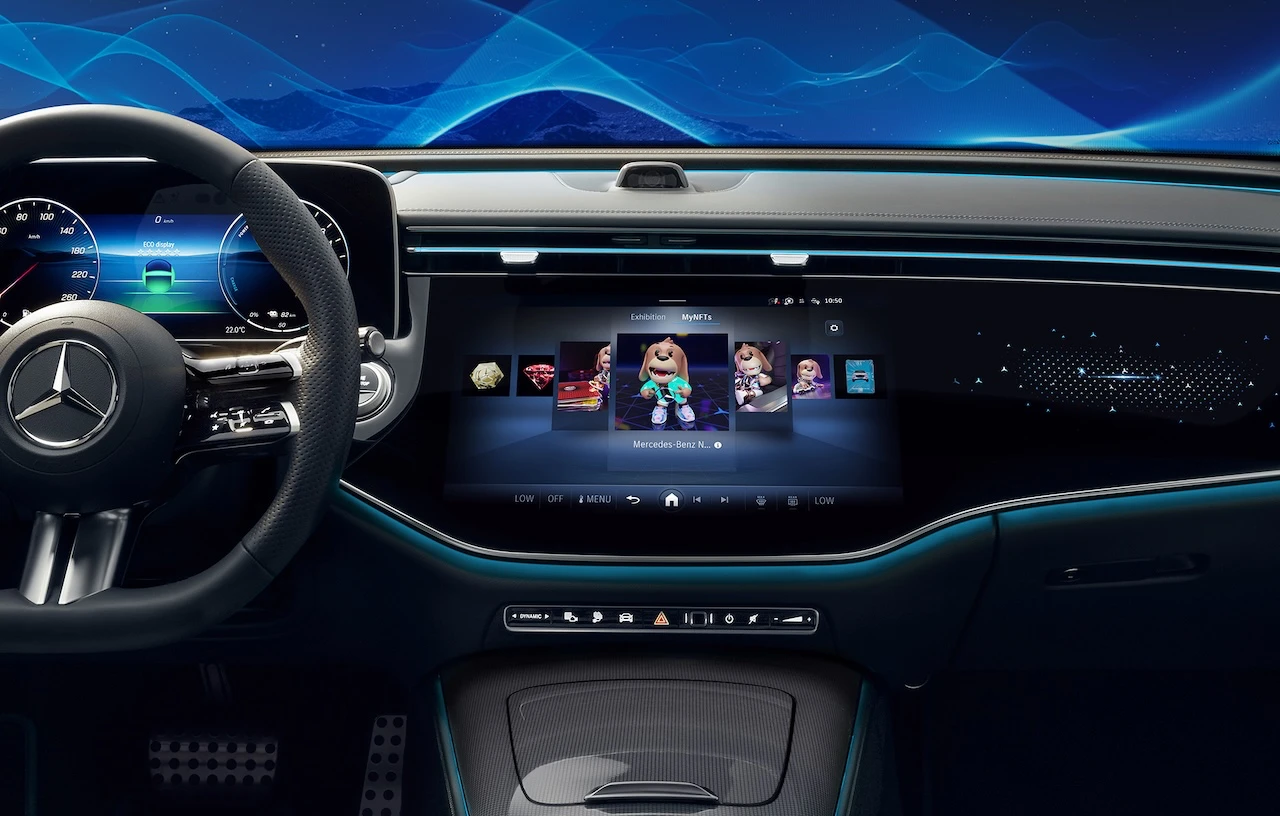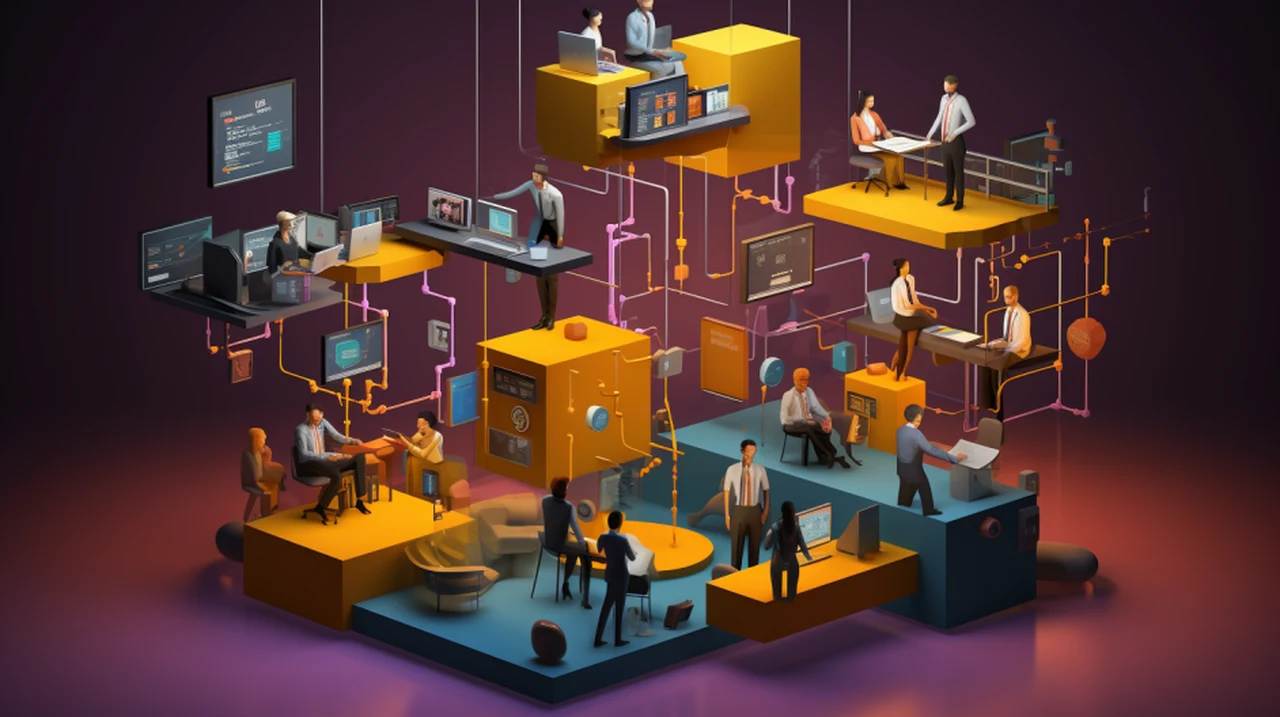
This guide is designed to show you how to turn ChatGPTs Custom GPTs into virtual employees. In the contemporary era of digital evolution, the introduction and development of Generative Pre-trained Transformers (GPTs) represent a monumental shift in how we approach productivity and creative innovation. With the landscape of technology constantly evolving, the enhancement of ChatGPT through the integration of the “@” feature stands as a pivotal advancement. This feature ushers in a new era of interaction with AI, akin to the ease with which one might tag a colleague on platforms like Slack to solicit their feedback or input. Now, this same level of immediate, intuitive engagement extends to artificial intelligence, effectively turning these sophisticated algorithms into virtual team members ready to contribute on demand.
Custom GPTs: Your Digital Workforce
Custom GPTs stand out as virtual counterparts to human employees, designed to undertake specific tasks with precision. By customizing these AI models with distinct instructions, knowledge bases, and actions, you can create a specialized assistant tailored to your needs. Whether it’s drafting emails, summarizing articles, or managing projects, these digital employees streamline task execution with remarkable efficiency.
- Efficiency and Customization at Your Fingertips: The ability to customize GPTs according to specific job descriptions transforms the way tasks are approached. A single prompt could merge an email’s content with your ideas, crafting a response that encapsulates professionalism and personal touch.
- Leverage Custom Instructions for Precision: The evolution from generic to custom instructions means you no longer need to repeatedly tailor prompts. This customization extends to creating GPTs with unique sets of skills and knowledge, enhancing their effectiveness and specialization.
- Integration With Tools You Love: Custom GPTs can communicate with external databases and services like Zapier, broadening their utility. From posting on social media to automating tasks in platforms like ClickUp, the possibilities are endless, ensuring that your virtual employee can handle a diverse range of tasks.
Practical Applications That Inspire
The practicality of custom GPTs is boundless, with applications ranging from routine task management to creative problem-solving. By integrating these AI models with platforms like ClickUp, you can automate task creation and streamline project management, thereby boosting productivity and efficiency.
- Embrace Experimentation: Setting up and optimizing custom GPTs is an exploratory journey. As you fine-tune your virtual employee, you unlock new potentials and efficiencies, tailored to your unique workflow and needs.
- Join the Community: Engaging with a community of like-minded individuals can enrich your understanding and utilization of custom GPTs. Sharing experiences and insights fosters a collaborative environment where innovation thrives.
Navigating the Future with Custom GPTs
The integration of custom GPTs into your workflow represents a strategic investment in efficiency and innovation. By understanding and leveraging these AI models, you position yourself at the forefront of digital transformation. Remember, the journey to optimizing custom GPTs is continuous, offering a rewarding path of discovery and growth. As you embark on this journey, remember that the goal is not just to automate tasks but to enhance decision-making, creativity, and productivity. The era of virtual employees is here, and with custom GPTs, you have the power to reshape your professional landscape.
Source Riley Brown
Filed Under: Guides
Latest timeswonderful Deals
Disclosure: Some of our articles include affiliate links. If you buy something through one of these links, timeswonderful may earn an affiliate commission. Learn about our Disclosure Policy.


